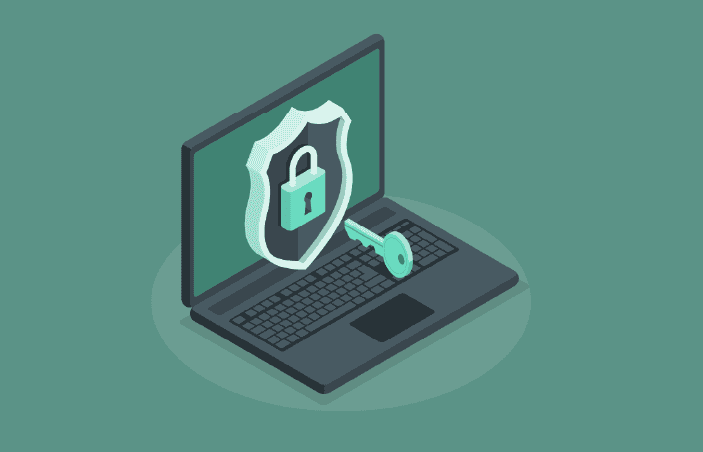Contents
Managing and supporting mental health whilst working from home
For many, work can form an important part of healthy mental wellbeing. It provides purpose, a distraction from potential difficulties at home and an opportunity to socialise with a range of people. During such difficult times, it’s important for us to preserve the benefits of work for our staff, even in a new home environment.
This article covers all the necessary aspects to consider when supporting your team’s wellbeing whilst working from home. Don’t underestimate the power of a morning coffee between colleagues. How can we keep that interaction during a lockdown?

5 ways to support your legal teams’ wellbeing
1. Know your people
Everyone has mental health, and whatever our circumstances, the outbreak is going to affect our personal and work lives. However, be mindful that certain people are at a greater risk of poor mental wellbeing.
Remote working may not be appropriate for some staff so consider options to support individual employee needs. Also, consider the disruption that school closures may cause to many families. Consider how working from home from home during such a challenging social period will affect different people within your organisation and adjust accordingly.
Working at home can bring back negative memories of times when people have experienced anxiety, depression or other trauma which may have led to a leave of absence.
Through good communication you may notice changes in their behaviour, and it may even lead some people to disclose mental health problems which were not previously discussed.
Treat these new disclosures with the compassion you would normally and make any adjustments that may be necessary.
2. Support your leaders to support your teams
You will be sharing the information that your line managers need to effectively lead and answer questions from their teams in a consistent manner.
This is likely to mean that they are exposed to more information than the rest of your staff, which may become a burden on their mental health. Demonstrating leadership and ‘putting on a brave face’ with the landscape changing on a daily basis can take its toll.
It’s easy to assume that more senior team members will be doing okay, however, they may actually feel more vulnerable in these circumstances.
During your leadership meetings ensure that mental health is an ongoing consideration. Help your leaders to stay positive and confident by encouraging them and reminding them of the good job they are doing in these more challenging times.
3. Communicate regularly
It’s a good idea to touch base with your team on a regular basis, maybe even daily, to inform them of business updates as well as a general chat to maintain that human touch whilst they are isolated at home.
Video chats are a great way to keep that personal feel and pick up on non-verbal communication that can be missed from just voice or text communication – use video calls whenever you can.
If you would check in with a work colleague in the office, make sure you continue to do this even from home. It’s more important than ever to remain honest and sincere in your communication with staff.
4. Explain how staff can get the support they need
Ensure that employees are aware of the resources available for their mental health and wellbeing such as an Employee Assistance Program (EAP). Find out if your provider has any specific resources related to the outbreak.
If you don’t have a third party provider, there are lots of excellent resources and toolkits available online from Mind, Mental Health at Work and others.
Make sure that your team knows who they can turn to internally for 1-to-1 support, or groups of staff that come together to help each other.
5. Provide, and use, the right technology
Where practical, try and provide your staff with equipment for them to conduct their work. The data security implications are obvious, but it also removes the stress of staff trying to source and configure personal equipment. Using work equipment helps create a mental distinction between work and home time.
Utilise communication tools beyond simple email – instant messages and video calling software like Microsoft Teams.
There’s no replacement for seeing somebody’s face, especially when we’re all feeling isolated. And importantly, ensure that team members are provided the support they need to use tools which may be new to them. Whichever tools you choose, there will be plenty of good quality online training resources to help onboard your staff.



